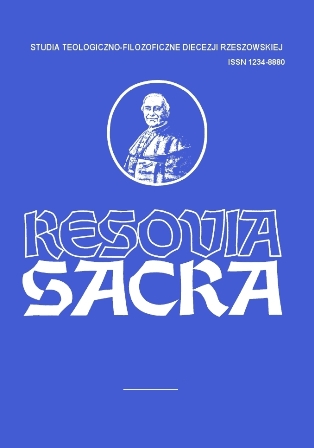EKSKOMUNIKA. RYS HISTORYCZNO-KANONICZNY
EXCOMMUNICATION. HISTORICAL AND CANON LAW OUTLINE
Author(s): Anna TerpinSubject(s): Law, Constitution, Jurisprudence, Canon Law / Church Law
Published by: Instytut Teologiczno-Pastoralny im. św. Józefa Sebastiana Pelczara w Rzeszowie
Keywords: excommunication; penalties in Church; censures; medicinal penalties
Summary/Abstract: The first mentions of excommunication can be found in The Bible and in the teaching of Fathers of the Church. From the beginning, excommunication was the most severe sanction of all the penalties in canon law. Excommunication excluded one from community of the faithful, but did not brake all of ties. There was always a possibility of reconciliation with God and the Church. Over time excommunication was being used more often and more offenses were sanctioned with excommunication. This kind of penalty was either latae sententiae or ferendae sententae. Many popes created more and more regulations concerning excommunication. All of them were compiled in Gratian’s Decretum and Decrets of pope Gregory IX. One of the most important regulation of excommunication was promulgated by pope Martin V apostolic constitution Ad evitanda (1418). It introduces the distinction of excommunicated person into vitandi et tolrati. The Code of Canon Law (1917) changed the situation of excommunicated persons, but this punishment still remained the most severed sanction in canon law.
Journal: Resovia Sacra. Studia Teologiczno-Filozoficzne Diecezji Rzeszowskiej
- Issue Year: 2014
- Issue No: 21
- Page Range: 447-468
- Page Count: 22
- Language: Polish

